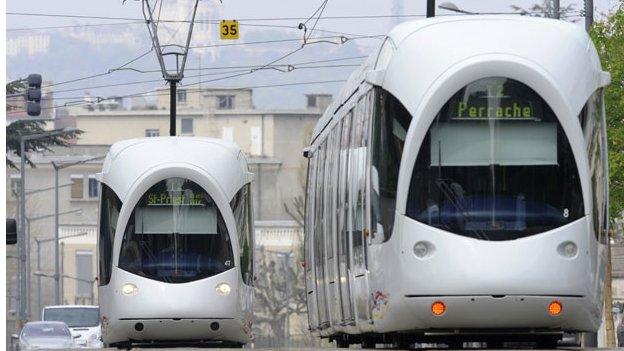Q&A: Cardiff Capital and Swansea Bay city region deals
- Published

There are two multi-million pound programmes across south Wales aiming to stimulate the economy.
City deals exist to give financial support for councils to work more regionally on big projects - which will stimulate private investment and have a real transformational impact.
But what are Cardiff Capital Region , external and Swansea Bay City Region, external offering?

WHO IS INVOLVED?
CARDIFF CAPITAL: Ten councils are working together - chaired by Andrew Morgan, leader of Rhondda Cynon Taff, Bridgend, Vale of Glamorgan, Merthyr Tydfil, Caerphilly, Monmouthshire, Blaenau Gwent, Torfaen, Newport and obviously Cardiff. Universities and business are also involved.
SWANSEA BAY: Four councils, serving 688,000 people, are linking up - Neath Port Talbot, Swansea, Carmarthenshire and Pembrokeshire - along with Swansea and Trinity St David's universities, two health boards and businesses.

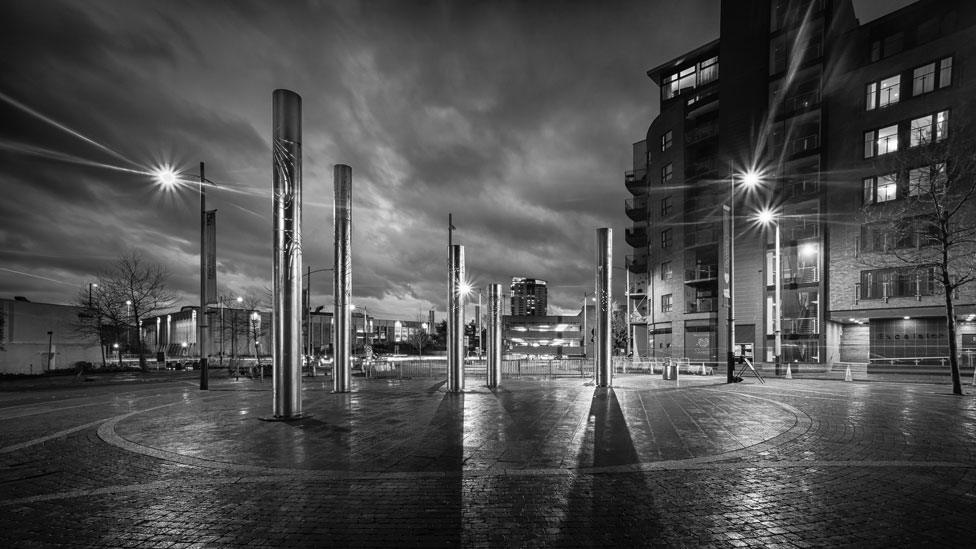
KEY AIMS?
CARDIFF CAPITAL: To tackle unemployment, encourage innovation and improve digital infrastructure and transport - including the South Wales Metro. In short, it wants to spread prosperity - from "Maesteg to Monmouth, Barry to Blaenavon".
SWANSEA BAY: Accelerating economic growth by addressing what its chairman Sir Terry Matthews calls "some of the most pressing universal themes and global challenges of our time" - energy, health and the transformational economic power of digital networks.

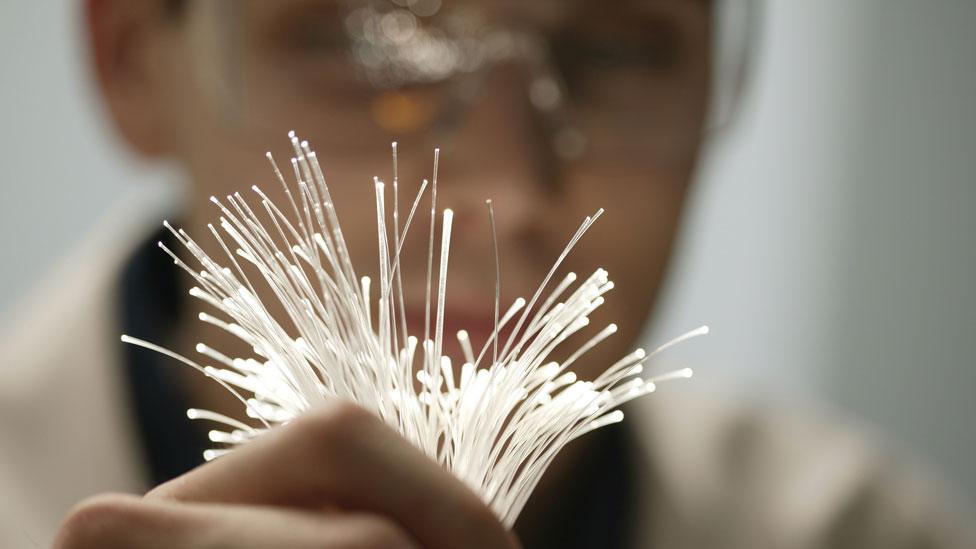
HOW WILL THEY DO IT?
CARDIFF CAPITAL: Transport is seen as key here. Cardiff is set to be one of the UK's fastest growing cities and with 80,000 commuting already into the city daily, improving the infrastructure is seen as vital to keep business moving across the whole region. The South Wales Metro aims to improve rail and bus transport in particular - including new stations and an element of light rail/trams. There is also a "pressing need" to improve productivity and skills levels.
SWANSEA BAY: The "internet coast" is the vision - and something distinctive. A transatlantic fibre optic cable into Oxwich Bay - called a "real game changer" - is a complementary project, not part of the deal. Another huge project lying outside the deal, like the tidal lagoon, could also prove just as important if it gets the go-ahead. The deal itself involves 11 different projects and aims to support "next generation industries", to apply internet technologies for the region's energy sector, to become a magnet for hi-tech and cloud data firms, while innovation would include life science firms working alongside local hospitals.

THE COST?
CARDIFF CAPITAL: Nearly £1.23bn - with £1.1bn committed from the UK and Welsh governments and £120m from local authorities - with nearly a quarter of that share coming from Cardiff council. It also anticipates £4bn coming from private investment over the lifetime of the deal.
SWANSEA BAY: More than £1.3bn over a 15 year period - £241m would come from the UK and Welsh governments, another £360m from the public sector and universities and another £673m in private investment.

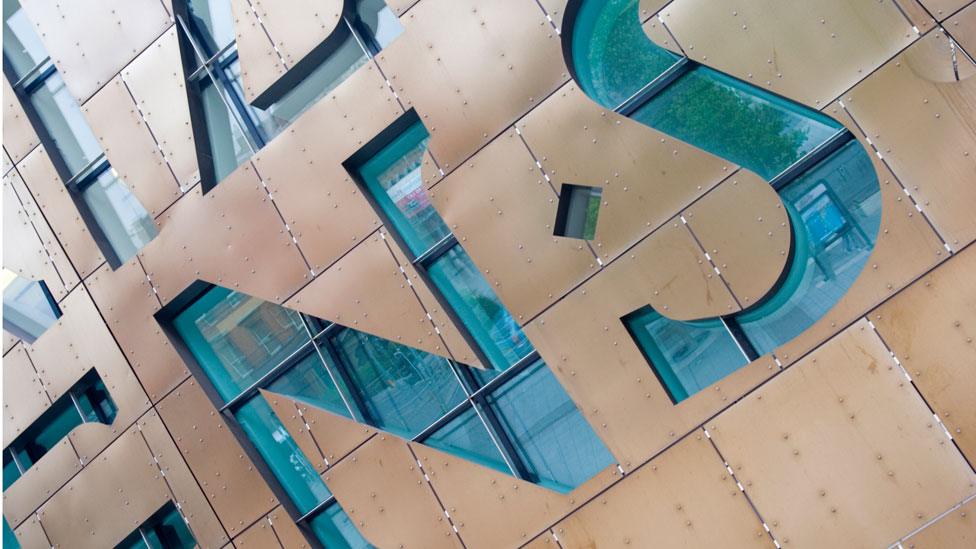
WHAT WILL IT BE WORTH?
CARDIFF CAPITAL: It wants to create 25,000 jobs and the £734m Metro system and help lever £4bn in private sector investment.
SWANSEA BAY: The claim is investment could create £3.3bn output and £1.8bn gross value added (GVA) uplift and support up to 33,000 jobs - including more than 9,000 new, direct jobs. It wants productivity levels up again to 90% of the UK level (they are currently 77%).


SO, WHERE ARE WE UP TO SO FAR?
CARDIFF CAPITAL: A year on from the initial UK government go-ahead, the 10 councils have now signed off on their commitment and a regional cabinet will be created in March to develop projects and a business plan. Prof Greg Clark - with experience of other urban regeneration programmes - is leading an independent Growth and Competitiveness Commission to review the project.
The South Wales Metro is out to tender with four companies, who have been asked to come up with proposals as part of the package for the bid for the all-Wales rail franchise - held by Arriva Trains Wales until the end of 2018. Details will be kept under wraps until the winner emerges.
SWANSEA BAY: Those behind the bid - unveiled a year ago - have been lobbying ahead of a UK government decision and say the feedback from ministers is that the deal is seen as "very innovative" and chiming with wider industrial strategy; Swansea and Pembrokeshire were the final councils to meet to agree the deal in principle in mid-February. After the signing of the deal, each of the 11 projects will be asked to produce further detail, while a new joint committee will replace the current city region board.
But there is hope to draw-down funding to kick start projects as early as possible - including S4C's new headquarters and Llanelli's £225m wellness village. The latter is part of the £600m Arch proposals involving life science and the region's health boards - reliant on major funding from the city deal - which is due to go to Welsh Government soon.

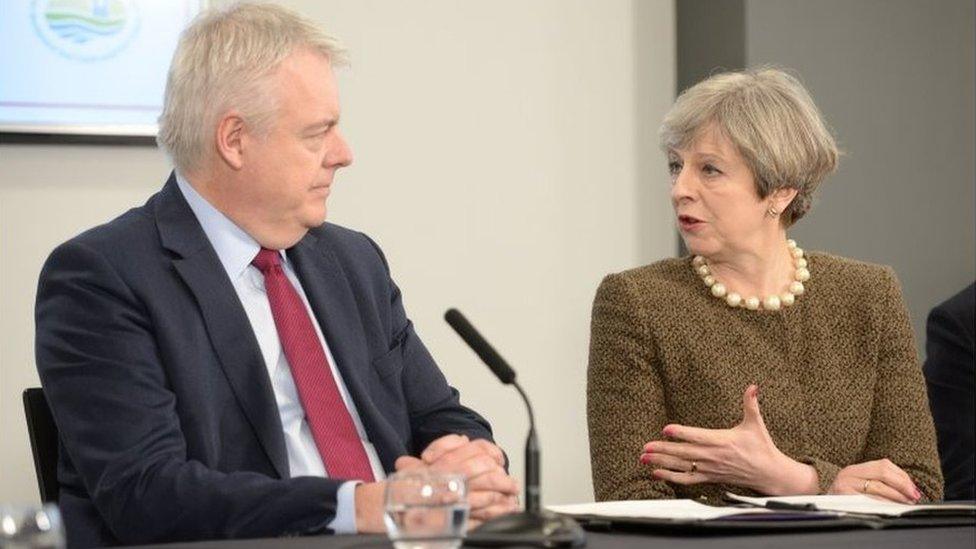
First Minister Carwyn Jones and Prime Minister Theresa May at the signing of the Swansea Bay City Deal in March
HOW LONG WILL THEY TAKE?
CARDIFF BAY: The deal was signed in March 2016. The timetable for it operating, once the work is done setting it up, is between 2020 and 2030. It expects first services on the South Wales Metro, for instance, could be running by 2023 but the whole project could take 20 years.
SWANSEA BAY: The City Deal was signed off by the UK government with a visit by the Prime Minister Theresa May. It would last up to 2035.

Llanelli's 'wellness village' is part of the city deal. Carmarthenshire Council's Meryl Gravell explains more
ANYTHING PARTICULARLY EYE-CATCHING?
CARDIFF BAY: Supporting innovation includes developing the new cyber-security academy, external with the University of South Wales, which took its first students last autumn and looks to address shortage of cyber security skills.
SWANSEA BAY: Research is going on into solar energy and material science which could see "homes as power stations". The first homes would be built in Neath Port Talbot initially, housing which effectively powers itself and even supplies the National Grid. This project could be worth £517m.

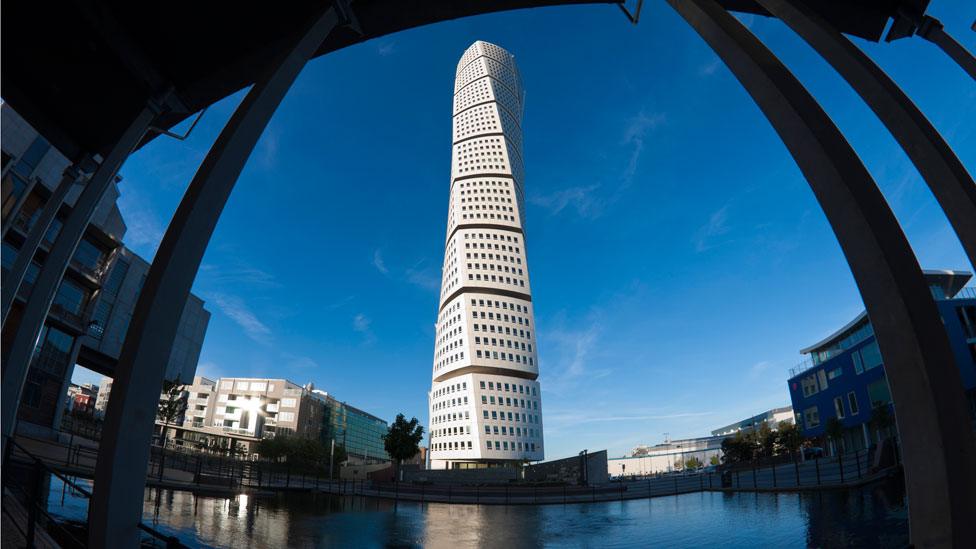
Malmo in Sweden is one of the cities the Cardiff Capital Region has been looking at
WHAT OTHER CITIES AND REGIONS HAVE THEY BEEN LOOKING AT?
CARDIFF BAY: Bilbao, Malmo, Gothenburg, Portland.
SWANSEA BAY: Ontario - Sir Terry Matthews has strong links there - and Stockholm.

HOW IS ALL THIS DIFFERENT FROM THE "GREAT WESTERN CITIES" REGION?
This is a collaboration between Cardiff, Newport and Bristol looking at the benefits of "greater sharing, matching and learning", which emerged two years ago. Cardiff's council leader sees it as "complementary" to the city region.

WHAT ABOUT NORTH WALES?
There has been an ambition for north Wales to benefit from the "northern powerhouse" in the north west of England - where its economy is compared in value to that of the whole of Belgium - although there is no formal organisation.
However, the six councils have signed up to a vision for creating 120,000 jobs by 2035 with a value to the economy worth £20bn. This Growth Deal is being considered by the UK government. A £30m innovation and manufacturing research centre is being planned for Deeside.
There are also plans to improve bus and rail transport in urban north east Wales, packaged up as a North Wales Metro.
- Published20 March 2017
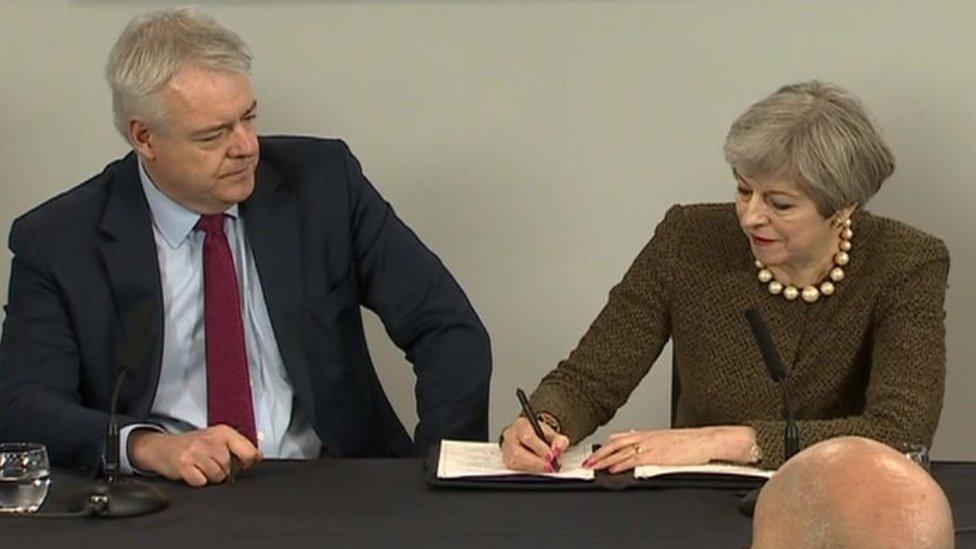
- Published7 March 2017
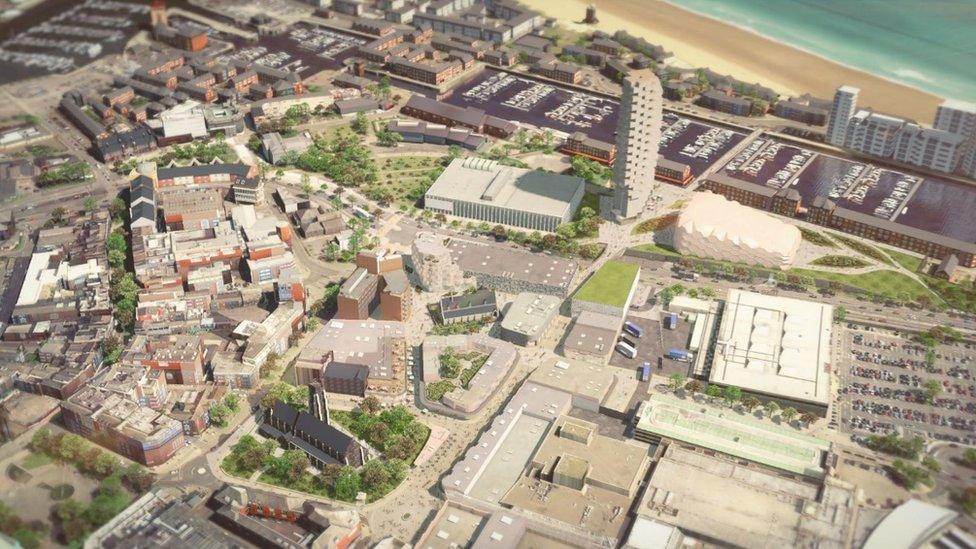
- Published28 January 2017
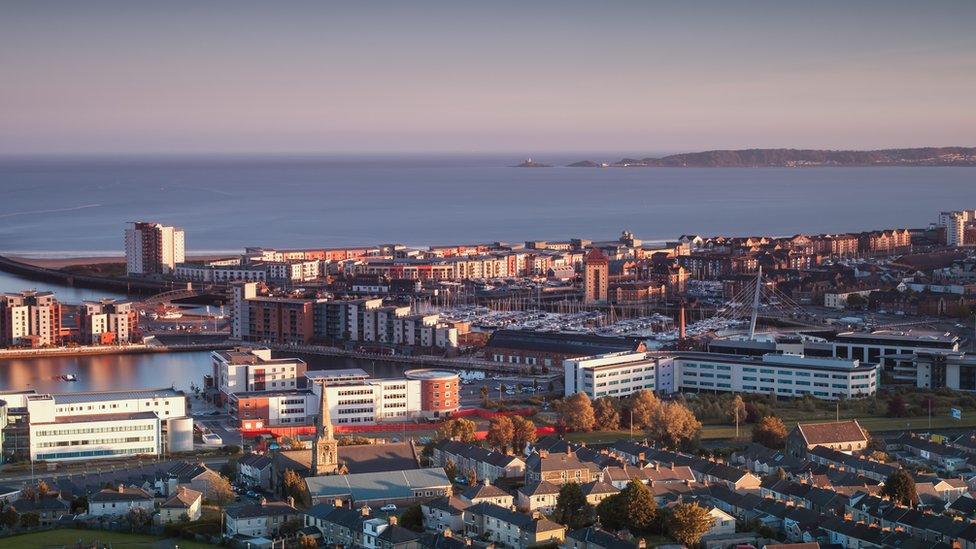
- Published19 January 2017

- Published21 June 2016
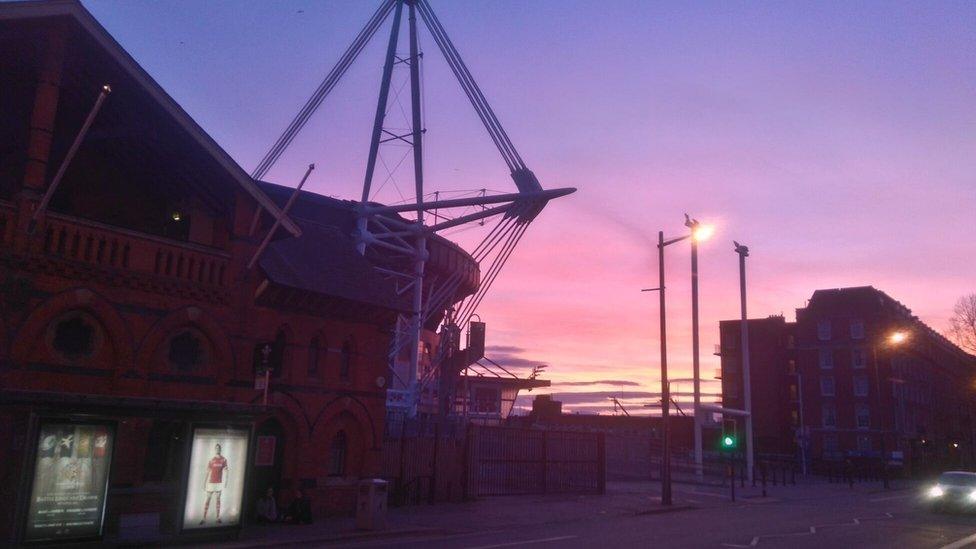
- Published15 March 2016
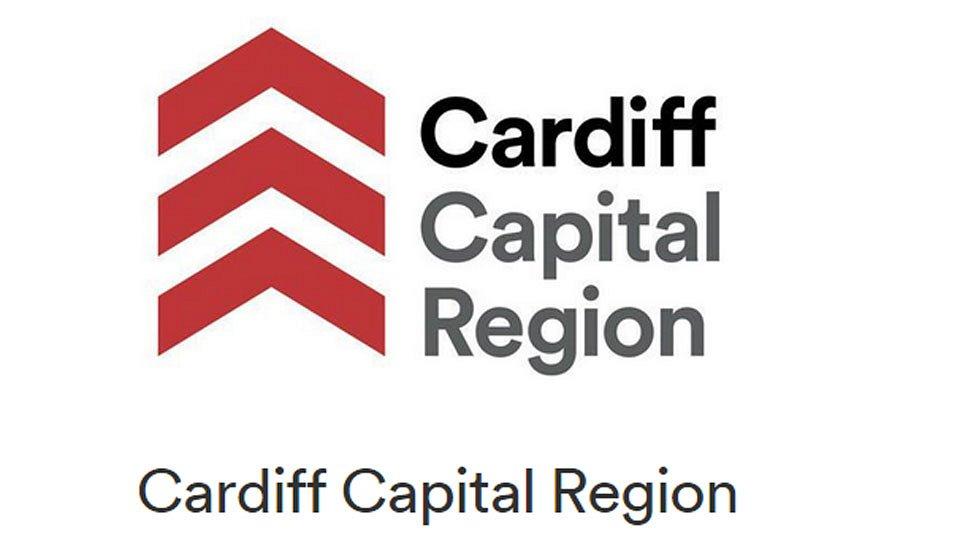
- Published30 June 2015
